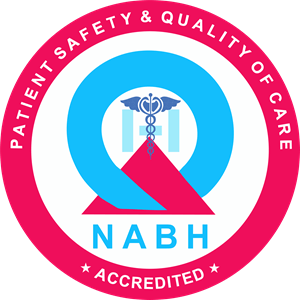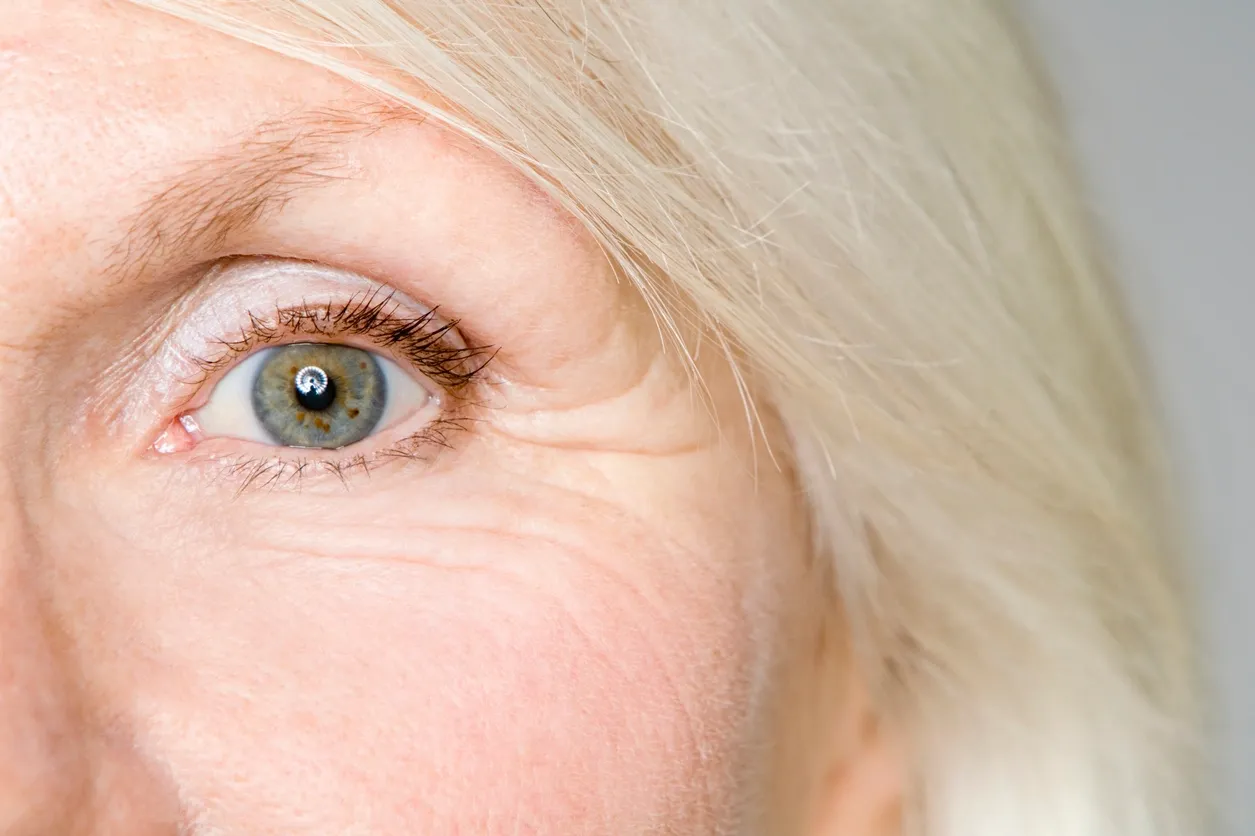Title: Understanding Dry Eye: Symptoms, Causes, and Prevention Strategies
Introduction:
Dry eye, also known as keratoconjunctivitis sicca, is a common eye condition that affects millions of people worldwide. It occurs when the eyes are unable to produce an adequate amount of tears or when tears evaporate too quickly. If left untreated, dry eye can cause discomfort, blurred vision, and even damage to the surface of the eyes. In this blog, we will delve into the symptoms, causes, and preventive measures for dry eye.
Symptoms of Dry Eye:
Recognizing the symptoms of dry eye is crucial for early intervention. While the specific signs may vary from person to person, the following are common indicators of dry eye:
1. Persistent dryness or a gritty sensation in the eyes
2. Itching, burning, or stinging sensation
3. Excessive tearing (as a response to eye dryness)
4. Redness and irritation
5. Sensitivity to light
6. Blurred vision or fluctuations in visual clarity
7. Discomfort while wearing contact lenses
Causes of Dry Eye:
Understanding the underlying causes of dry eye can help in managing and preventing the condition effectively. Some common factors contributing to dry eye include:
1. Age: As we get older, tear production tends to decrease, making dry eye more prevalent among older adults.
2. Environmental Factors: Exposure to dry or windy climates, air conditioning, or heating systems can lead to increased evaporation of tears.
3. Hormonal Changes: Fluctuations in hormonal levels, particularly in women during menopause, can affect tear production.
4. Medical Conditions: Dry eye is often associated with conditions such as Sjögren’s syndrome, rheumatoid arthritis, lupus, diabetes, and thyroid disorders.
5. Medications: Certain medications, including antihistamines, decongestants, antidepressants, and hormone replacement therapy, can cause or worsen dry eye symptoms.
6. Prolonged Digital Device Use: Staring at screens for extended periods reduces blinking, leading to increased tear evaporation.
7. Contact Lens Wear: Improper lens hygiene or prolonged use of contact lenses can contribute to dry eye symptoms.
Preventing Dry Eyes:
Fortunately, there are several preventive measures you can take to alleviate or avoid dry eye symptoms. Consider the following strategies:
1. Blink Regularly: Make a conscious effort to blink frequently, especially when using digital devices or engaged in tasks that require visual concentration.
2. Use Proper Lighting: Ensure adequate lighting while reading or using electronic devices to minimize eye strain and reduce dryness.
3. Adjust Environment: Use a humidifier to add moisture to dry indoor air, especially during the winter months or in air-conditioned rooms.
4. Take Breaks: When working on a computer or other visual tasks, take regular breaks to rest your eyes and reduce strain.
5. Stay Hydrated: Drinking sufficient water helps maintain overall body hydration, including your eyes.
6. Follow a Balanced Diet: Incorporate foods rich in omega-3 fatty acids, such as fish, flaxseed, and walnuts, to promote eye health.
7. Use Artificial Tears: Over-the-counter artificial tear drops or lubricating eye ointments can provide relief by supplementing natural tears.
8. Eye Protection: Shield your eyes from harsh winds, dust, and excessive sunlight by wearing wraparound sunglasses or protective eyewear.
9. Maintain Good Contact Lens Hygiene: If you wear contact lenses, follow proper cleaning and disinfection routines, and adhere to recommended replacement schedules.
10. Regular Eye Exams: Schedule routine eye examinations with an optometrist or ophthalmologist to monitor and address any eye-related issues promptly.
Conclusion:
Dry eye is a common condition that can cause discomfort and affect daily activities. Recognizing the symptoms and understanding the causes can help in early detection and management. By adopting preventive measures and incorporating healthy eye habits, you can significantly reduce the likelihood of developing dry eye or alleviate its symptoms, allowing you to enjoy optimal eye health and comfort.
Remember, if you are experiencing persistent or severe dry eye symptoms, it is essential to consult an eye care professional for a comprehensive evaluation and personalized treatment plan.



